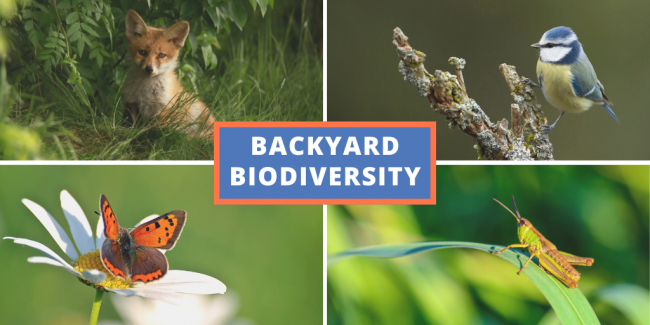Bees have a special way of communicating, and it’s through the magical art of dance. There are many insects in the world that are pollinators. Pollinators transfer the pollen grain, and that fertilizes flowers and plants. For example, blueberries, almonds, cucumbers, apples, oranges, and avocados all rely on pollination. Without pollination, many flowers and plants can’t grow. This is why bees and other pollinators are so important to our world.
Why do bees dance?
All bees have a specific role in the colony. Some are forager bees. These bees go out in the world and collect pollen, nectar, water, and more. When a forager bee returns to the hive, she shares information with the colony. These dances tell one another about food sources, directions, and distances. This information sharing is crucial to the survival of the colony.

How do bees communicate through dance?
When a bee finds nectar, we know she must communicate this to her fellow bees. Bees rely on visual cues and vibrations from their dances for that communication. They even have distinct, specific dances that communicate different things.
Bees have both a “waggle dance” and a “round dance.” They even observe and refine their dance techniques over time. That’s why these dances are incredible examples of social learning.
The waggle dance
The waggle dance informs other bees of the location of nectar. It also tells them the distance they need to travel to reach it. The dance moves in a figure-eight. The bee moves in a straight line, then loops around on a curved path. It’s quite specific, right down to the direction they need to go.
The direction of the “straight run” shows where the food source is in relation to the sun. The duration of the bee’s waggle during the straight run indicates how far away the food source is. And the vigor of the waggling communicates the food’s quality.
The round dance
The round dance is simpler. It tells other bees that food is nearby, within 25-100 meters or less. But the dance doesn’t provide a specific direction.
The bee moves in a small circle, often changing direction.
Other fun bee facts
- Up to 80% of our crops benefit from bees pollinating them.
- Around 90% of flowering plants (angiosperms) are reliant on bees to survive.
- Some bees have long tongues that can reach nectar sometimes found at the bottom of flowers.
- The queen bee can lay up to 2,500 eggs a day
- Honeybees can travel up to 14 miles from their hive in search of nectar.
Follow the Scent
Bees signal to their colony in more ways than dancing. Their sense of smell can tell if an intruder is in their hive. Sometimes bees sting people. It’s not always intentional. But when they sting, they release a pheromone that’s like an alarm. It sends a message to other bees that something bad has happened. It’s rather beautiful that they can warn others of danger.
Bees have 170 olfactory receptors. They use them to follow a scent, homing in on nectar and pollen. A bee can also remember the smell of their hive long after leaving it.
Bees can see colors

Bees see color differently from humans. They see in ultraviolet light, greens, and blues. Bees can even see a color called “bee’s purple.” It’s a mix of ultraviolet and yellow. To bees, flowers can even be iridescent.
The bright colors of plants attract bees, especially the color blue. Flowers often use ultraviolet light to attract pollinators. The UV light is a map guiding them to the plants that need pollination. That’s why colorful plants and flowers in our yards can keep our gardens healthy.
Are you excited about bees now?
Bees are fascinating insects with their dances, keen sense of smell, and unique vision. They’re also so important to our ecosystems and our crops. They keep our gardens in bloom and provide us with vegetables and fruits. We appreciate bees for all the good they do for us.
Become a Forest Defender today! Your monthly gift will protect bees and biodiversity of the South.
Join our email list to get new Biodiversity in Your Backyard sent directly to your inbox!
Check out the other blogs in our Backyard Biodiversity series!

 Like learning about biodiversity? Sign up to have more like it delivered directly to your inbox!
Like learning about biodiversity? Sign up to have more like it delivered directly to your inbox!